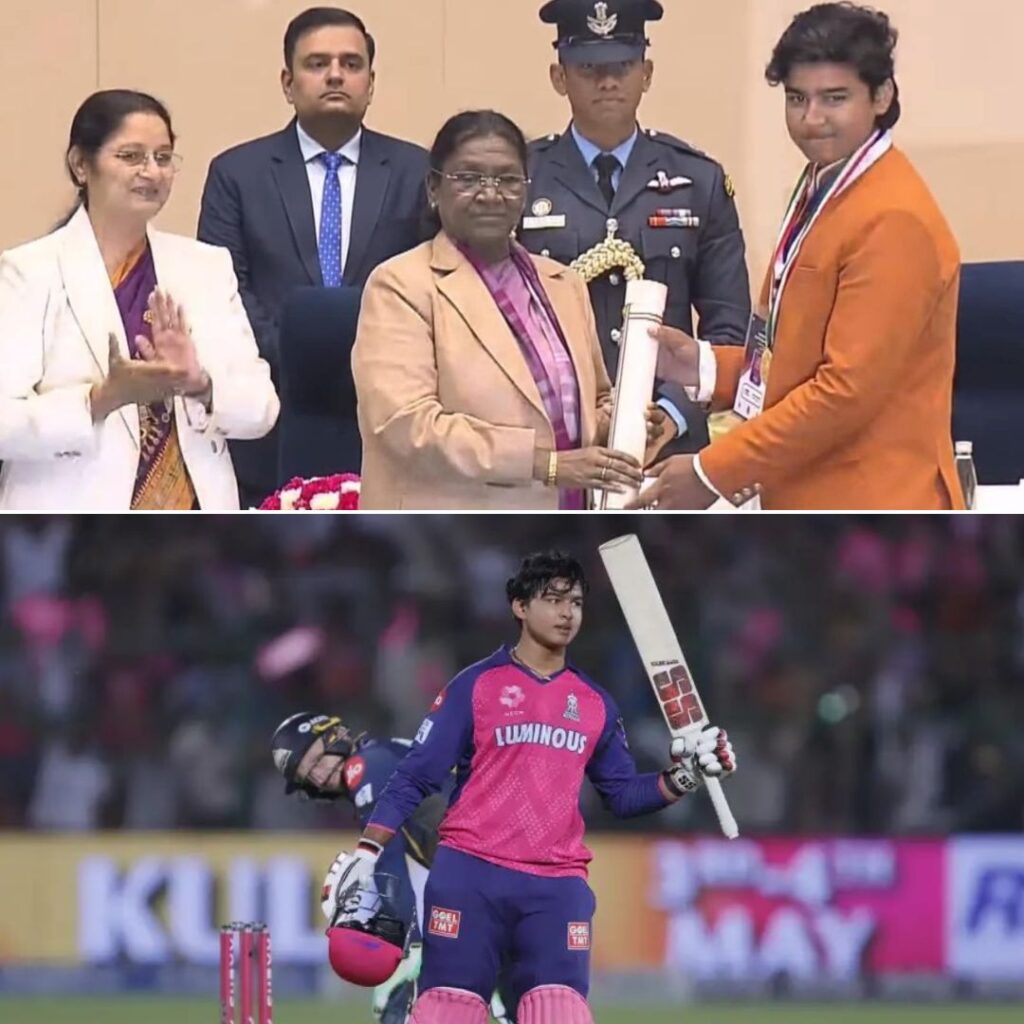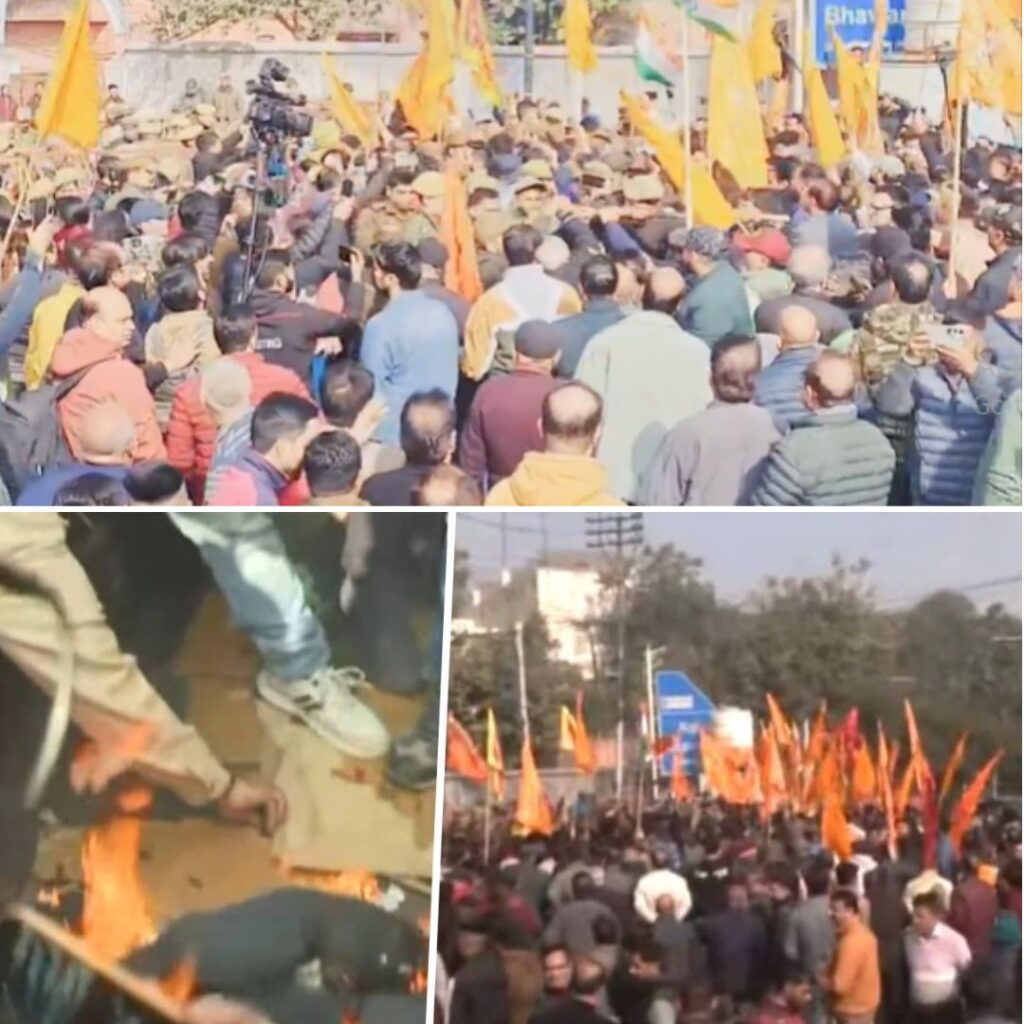The Central Board of Secondary Education (CBSE) on Monday has scrapped a section from the class IX social science book which dealt with the historic fight for the right of the Nadar women in Kerala to cover their upper body. The circular was issued after people raised objections about ‘derogatory’ references. The people who raised these objections were some MPs of the AIADMK and the DMK parties.
The textbook by National Council for Educational Research and Training (NCERT) had the topic under the title ‘Caste conflict and dress change’ under the theme Clothing: A Social History, in the textbook ‘India and Contemporary World-I’. The circular also read that no questions will be asked from this section in 2017.
The section that has been omitted portrayed how caste system had previously defined what the ‘lower’ caste people could eat, wear, do, etc.
The textbook chapter was based on the “Upper Cloth Movement” or widely known the Channar Revolt that took place in the 19th century in Travancore, parts of which fall in today’s Tamil Nadu and Kerala. In May 1822, the lower caste Shanar women (later known as the Nadars) started revolting against the practice of lower caste women having to leave their upper body uncovered. Bare chests was seen as a sign of respect to higher castes.
Unable to bear such practices, many Nadar women converted to Christianity and started wearing long clothes, almost similar to what the high-class women wore.
The textbook says: “In May 1822, women of the Shanar caste were attacked by Nairs in public places in the southern princely state of Travancore, for wearing a cloth across their upper bodies. Over subsequent decades, a violent conflict over dress codes ensued.”
From 1822- 1859, a long struggle continued by the Nadar women that subjected them to assault by Nairs in public places on many occasions.
In 1829, the Travancore government issued a circular that directed the Shanar women “to abstain in future from covering the upper parts of the body”. However, in 1859, the government issued an order permitting the Shanar women to wear a jacket or cover their upper bodies in any manner but unlike that of their upper caste counterparts.
The chapter has been scrapped despite affirmation from Professor Kiran Devendra, the coordinator of the book, that the section is factually correct and there have been no complaints from any child or school teacher regarding the contents.











